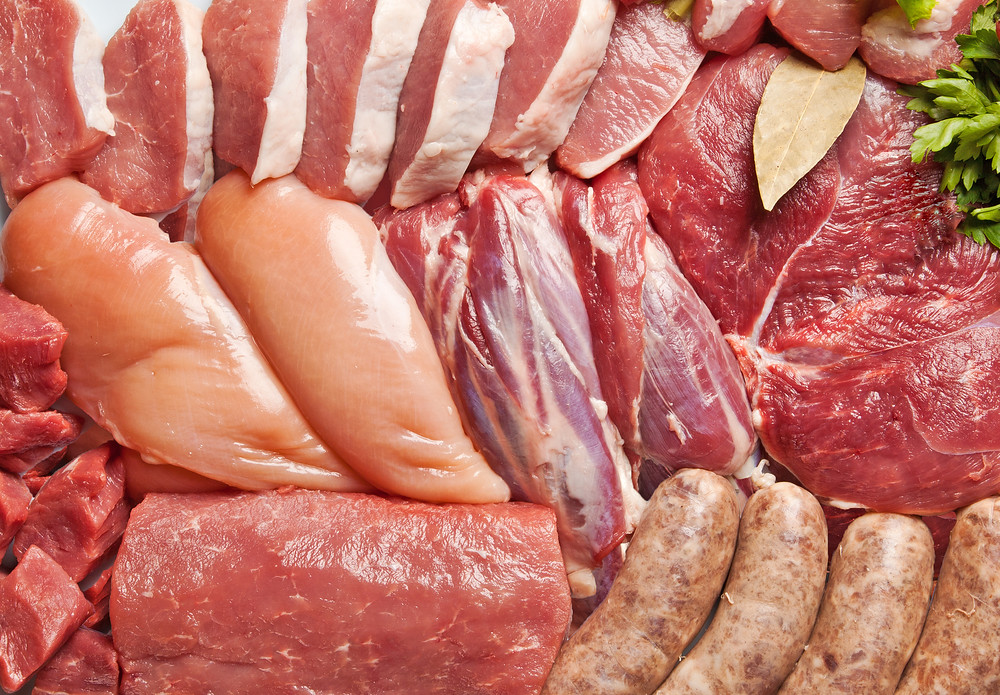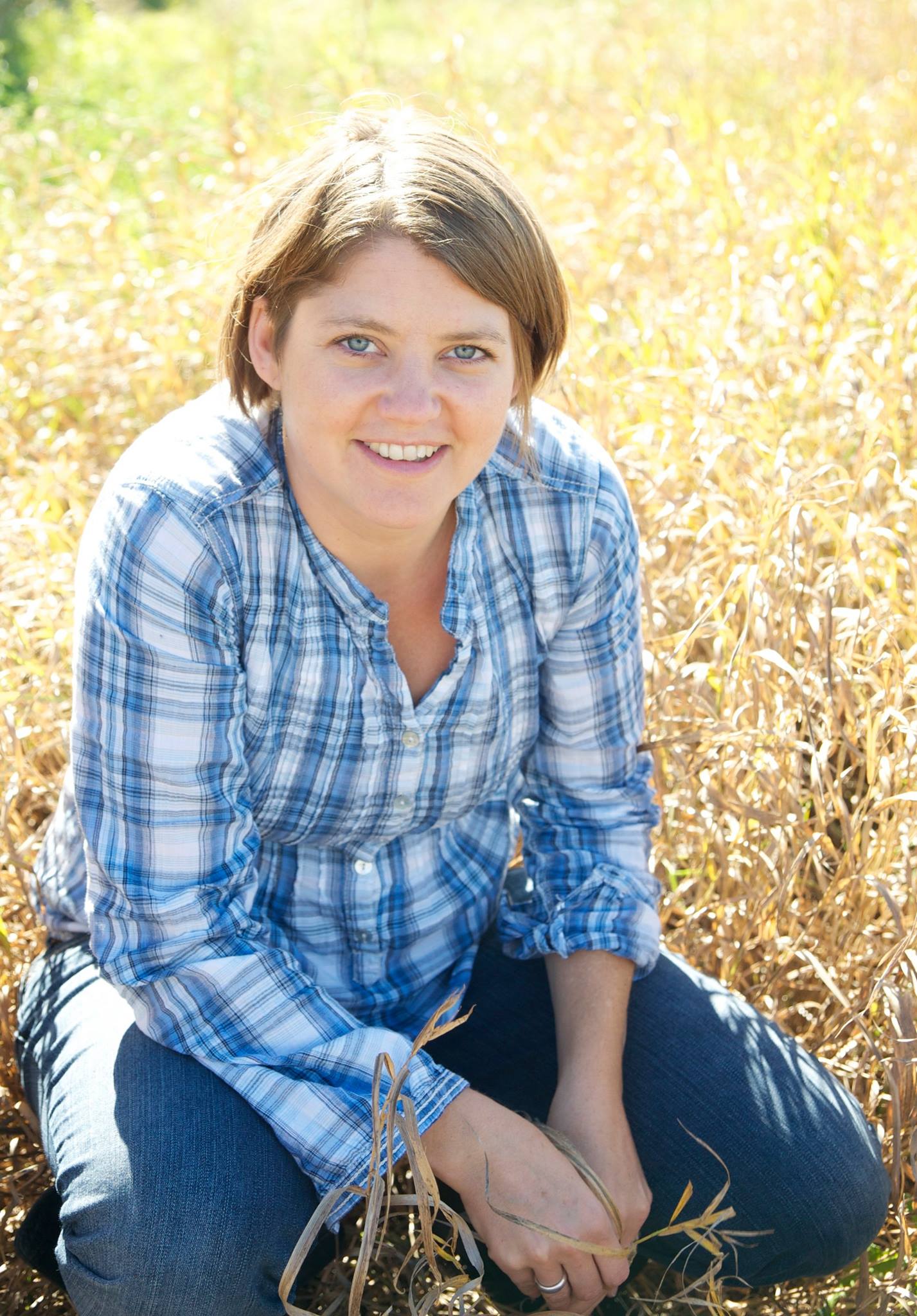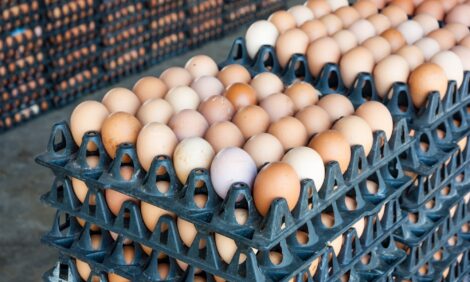



Covid-19's impact on the global protein market
Analyst Brett Stuart shares what to watch for in 2021 in terms of beef, pork and poultry markets

Brett Stuart, President of Global Agri-Trends, shared his thoughts on this growth, as well as what to watch for in 2021 in terms of protein markets, at the Canadian Beef Industry Conference, held virtually for the first time this year.
Global growth is projected at -4.9 percent in 2020, 1.9 per cent below the April 2020 forecast, according to IMF’s World Economic Outlook (WEO) Update, published in June. The Covid-19 pandemic has had a more negative impact on activity in the first half of 2020 than anticipated, said the WEO report, and, as a result, recovery is projected to be more gradual than previously forecast.
In 2021, IMF projects 5.4 percent global growth. Overall, this would leave the 2021 GDP some 6.5 percentage points lower than in the pre-Covid-19 projections of January 2020.
But as Stuart pointed out in his talk, the IMF doesn’t know for certain what’s going to happen.
“No one is a psychic, but this is the news that the global financial markets trade,” he said. “So you can see out there the assumption is for a pretty good recovery in 2021.”
Honing in on protein markets more specifically, Stuart wasn’t as optimistic. While pork prices have shown some improvement as of late, he points to shorted markets due to African Swine Fever (ASF) as cause for continued concern. Beef markets, however, continue to show promise. But volatility and uncertainty, he said, are here to stay.
Looking forward
If 2020 offered one big take-home message, it’s that human labour is risky. To mitigate this risk, Stuart says there’s going to be a massive surge in innovation, not just in agriculture, but everywhere. Meat processing plants, for instance, are looking to robots as a possible solution to the labour question. This will mean more standardization in terms of carcass shapes and types, said Stuart.
“As we put more robots in plants, that’s going to happen,” he said. “[And] bigger discounts for out cattle, I would assume.”
He also foresees continued change in how consumers purchase and consume protein. Food delivery is here to stay, he said.
“My advice to any company is don’t sit and say, ‘I’m going to wait until things get back to normal’,” he said. “This may be the new normal.”
In terms of China’s ASF-caused protein gap, Stuart doesn’t think it’s fillable. Exports of chicken, pork and beef have all risen, though. But China is an unstable trading partner at best, he said.
“We’re in a trade war, expect volatility,” said Stuart.
For the beef market, though, there’s nothing but good news. The global beef herd is not in expansion; in fact, it’s stopped and it has been for years.
“That tells us the supply side is bearish or bullish to the market,” he said. “The supply side is good news to our market.”
While pork prices have shown some signs of improvement as of late, they have been, along with poultry prices, low. Global beef demand, however, is a different story. Global demand is bullish to prices.
Chinese beef demand, plus demand from Hong Kong and Vietnam, is driving imports, most of which are coming from the Southern hemisphere. But China is now wide open to beef imports from the U.S., except where the feed additive ractopamine has been used.
“That’s the only restriction,” said Stuart. “Otherwise, all cuts, all ages, all USDA plants are approved.”
“We don’t even have to certify beef for China,” he added. “Anything can go, but it can’t have ractopamine.”
Although the U.S. is not yet shipping beef to China, sales have been outstanding, said Stuart.
In what he called ‘more good news’ for beef farmers, Stuart pointed to the world’s big competitors, namely Australia, which had liquidated most of its herd last year due to drought. As the country tries to restock, it has pulled heifers out of the chain, further hindering production.
“Have I given you enough positive news yet?” Stuart asked Canada’s beef farmers. “I’m telling you the cow herd is not growing. Global demand is good, and our key competitor is having a big decline in production.”
Looking forward 10 years, Stuart sees more good news. More mouths to feed and more money certainly means more demand, but he doesn’t think global producers are going to be able to keep up with demand. And while this is good news in the long term, Stuart did say that only those who finds ways to adapt in the current environment will survive the current environment.
“Today, when we’re sitting here – Covid, ASF – totally unplowed ground, a place we’ve never been before, you do not have to be the strongest, you do not have to be the smartest or the biggest, but you darn well better be able to figure our this environment,” he said.
For now, though, it’s too early to make any predictions about the impact of Covid-19 on protein markets.
“We do not know,” he said. “This is uncharted ground; be careful.”
“But global beef cow herd growth has stalled, and global beef demand is good,” he concluded. “Cattle and hog backlogs are going to last for months in the U.S. into 2021. Volatility and uncertainty are here to rain for now.”









